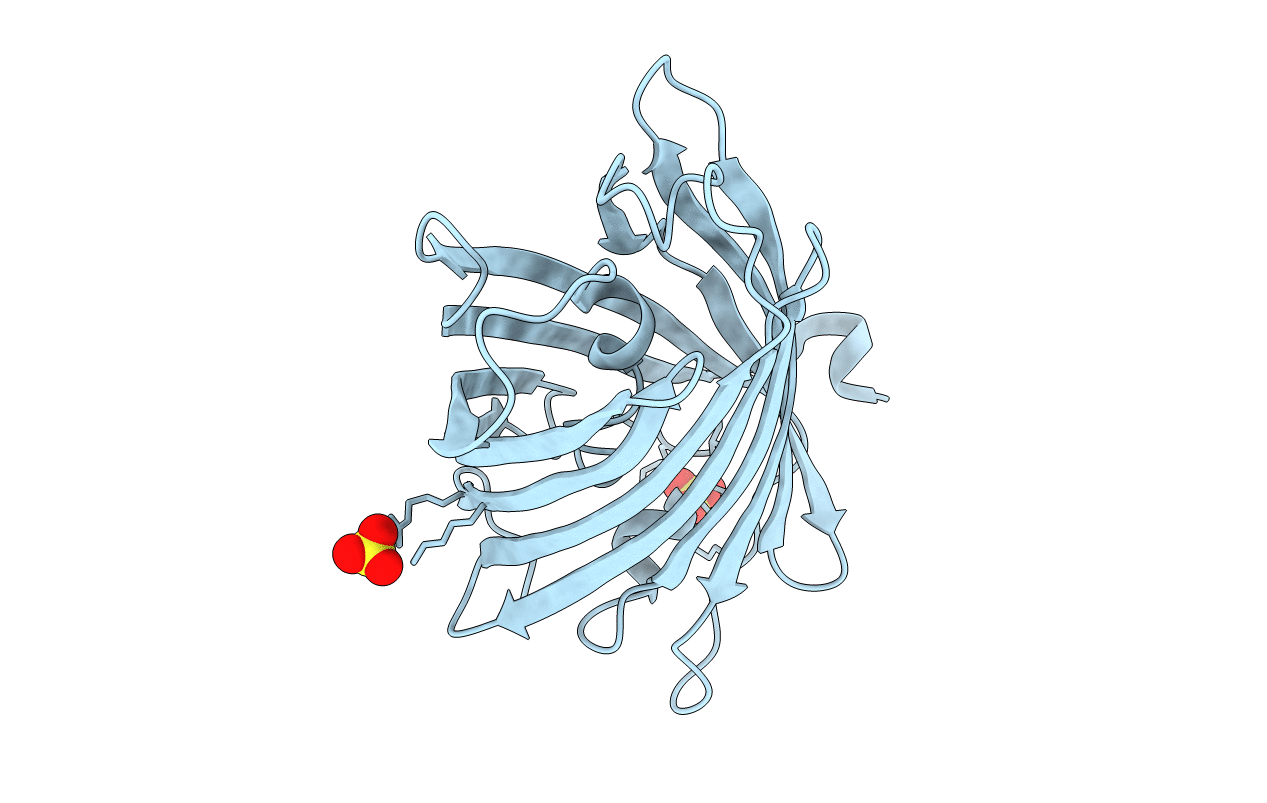
Deposition Date
2011-09-28
Release Date
2012-10-03
Last Version Date
2023-12-06
Entry Detail
PDB ID:
3U0N
Keywords:
Title:
Crystal structure of the engineered fluorescent protein mRuby, crystal form 2
Biological Source:
Source Organism:
Entacmaea quadricolor (Taxon ID: 6118)
Host Organism:
Method Details:
Experimental Method:
Resolution:
1.60 Å
R-Value Free:
0.17
R-Value Work:
0.15
R-Value Observed:
0.15
Space Group:
I 2 2 2


